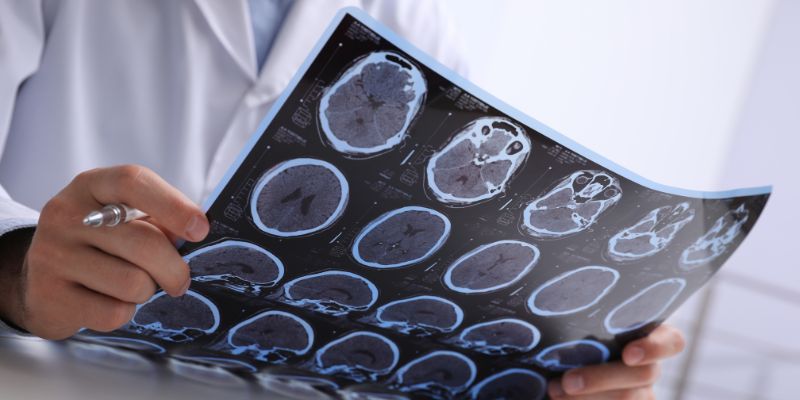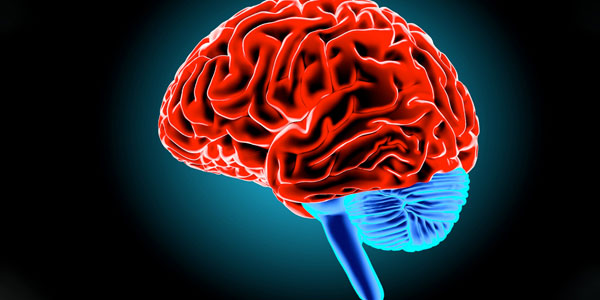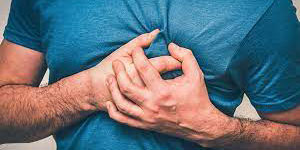
What Is Cardiac Arrest
Dec 25, 2022
When a person experiences a cardiac arrest, cardiac arrest is a potentially fatal condition. There is no longer any blood circulation from your heart. Organ failure and eventual death can result within minutes. Maintaining a steady flow of oxygen is essential. That oxygen travels via your blood to your cells.
CPR and defibrillation are part of the emergency care protocol. While an electric shock restores a normal cardiac beat, cardiopulmonary resuscitation ensures adequate oxygen is delivered to the lungs and brain.
What Does Sudden Heart Death Mean?
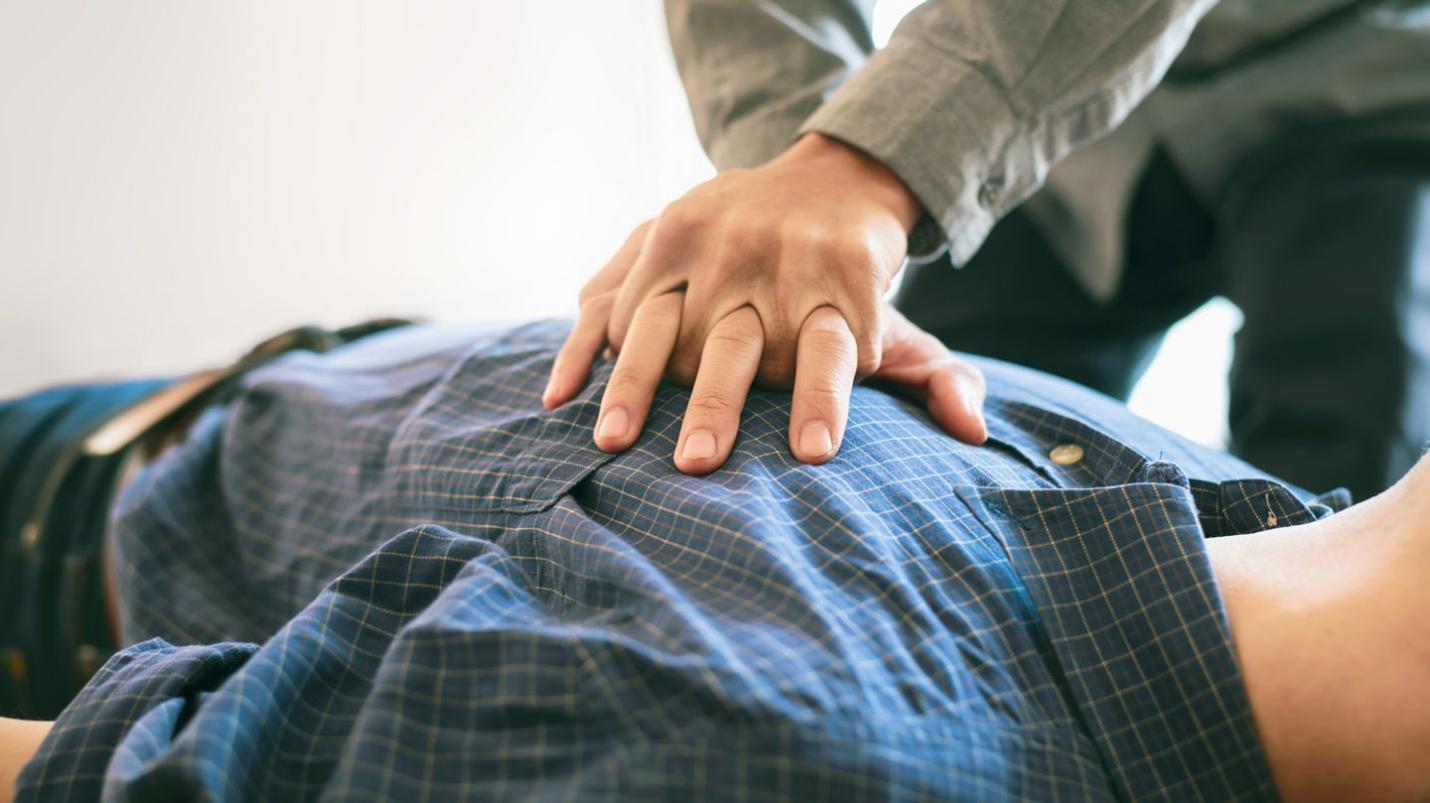
An unexpected and sudden death caused by cardiac causes is known as sudden cardiac death (SCD). The underlying reason is that sudden cardiac arrest, in which the heart stops beating. In the United States, sudden cardiac arrest is the leading cause of mortality.
About 325,000 American adults are killed by it every year. Half of all fatalities from heart disease are the result of sudden cardiac arrest.
Adults in their mid-30s to mid-40s had the highest rate of sudden cardiac death. It is two times as common in males and that assigned male at birth as it is in women and those given the female genitalia.
What Makes Sudden Cardiac Arrest Different From A Heart Attack?
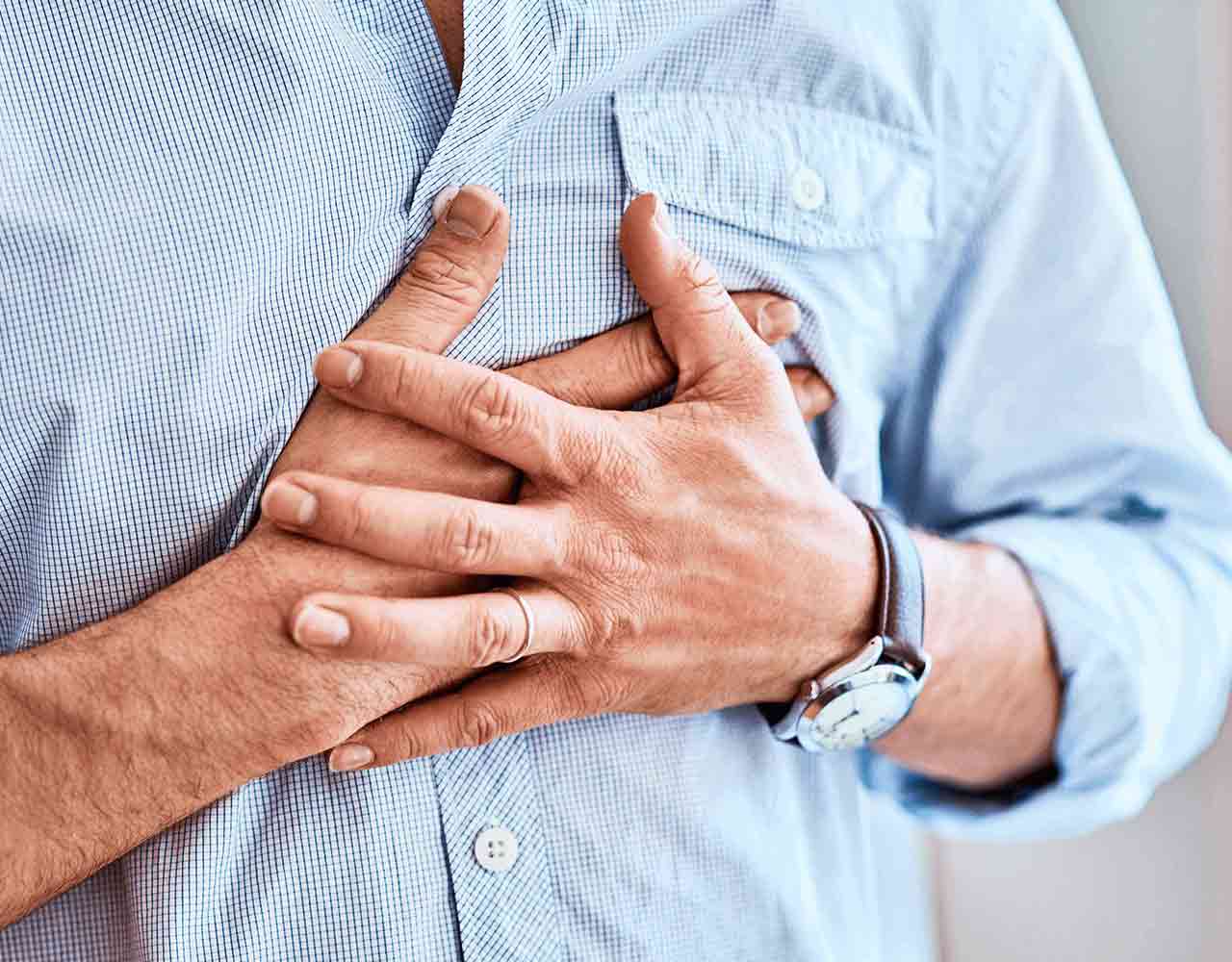
If you suddenly have a cardiac arrest, it's because of the following:
- The electrical system of the heart malfunctions and becomes irregular all of a sudden.
- Unhealthily rapid heart rate.
- The ventricles may flutter or tremble.
Heart failure occurs when the heart's system malfunctions, preventing the heart from pumping blood to the rest of the body. Therefore, unless prompt emergency care is administered, the outcome is death.
Most people worry about passing out within the first few minutes because their blood pressure drops too low. A heart attack occurs when one or more coronary arteries get blocked.
What Causes Abrupt Cardiac Arrest?
Arrhythmias or abnormal heart rhythms bring on most unexpected cardiac deaths. Ventricular fibrillation is the most prevalent kind of potentially fatal arrhythmia. The ventricles of your heart send out impulses in a haphazard, chaotic fashion (lower chambers). If this occurs, blood cannot be pumped by the heart. Without medical care, death can occur in as little as a few minutes.
In addition to these main factors, other causes of sudden cardiac death are:
- Cardiovascular illness of the coronary arteries
- Heart abnormalities present at birth (congenital).
- Structural alterations brought on by cardiac infection or illness.
- Severe exertion or blood loss.
What Is The Most Prevalent Cause of Sudden Cardiac Death?
Most sudden cardiac deaths (80%) are brought on by coronary artery disease. Congenital cardiac problems and inherited electrical system abnormalities are common causes in younger people. People above the age of 35 are more likely to have coronary artery disease as the underlying reason.
- Alcohol use disorder cardiomyopathy causes abrupt cardiac death.
- Obesity.
- Cardiovascular muscle abnormalities that have a genetic basis, such as hypertrophic cardiomyopathy and arrhythmogenic cardiomyopathy.
Athletes seldom die of a heart attack suddenly. In the United States, hypertrophic cardiomyopathy is the leading cause of sudden cardiac mortality in young male athletes. Hence, this condition will likely be screened for by most professional sports organizations. AMAB is also more common in human beings.
Can Abrupt Cardiac Arrest Be Reversed?
Sudden cardiac arrest is reversible and treatable. The emergency measures, however, must be initiated without delay. If therapy begins immediately after cardiac arrest, survival rates can reach 90%. Every minute that passes causes a 10% decrease in pace. What to do if you witness someone having a cardiac arrest:
- 1 - Dial 9-1-1 right away.
- Perform hands-only CPR. Lives are saved every day thanks to CPR. Maintains oxygen and blood flow until medical assistance may be provided.
- Use an AED if available. A victim of abrupt cardiac arrest can be brought back to life with cardiopulmonary resuscitation and defibrillation. Using an automated external defibrillator is the best hope for saving a person's life. The better the chances of survival, the faster defibrillation must be administered.
Treatment
A defibrillator, a device that delivers an electric shock to the heart, is essential in treating cardiac arrest. There are cases where a good jolt might restore regular heart rate. However, acting is essential. Officers, firefighters, and paramedics are most likely to possess and know how to use a defibrillator. The device, an automated external defibrillator (AED), is available in some public settings.
What To Do In The Event of an AED Defibrillation
This apparatus may detect potentially fatal arrhythmias and deliver a shock to the heart. Call 911 and have someone hunt for an automated external defibrillator (AED) if you suspect someone is experiencing cardiac arrest. If you don't have access to an AED, perform CPR until help arrives.

